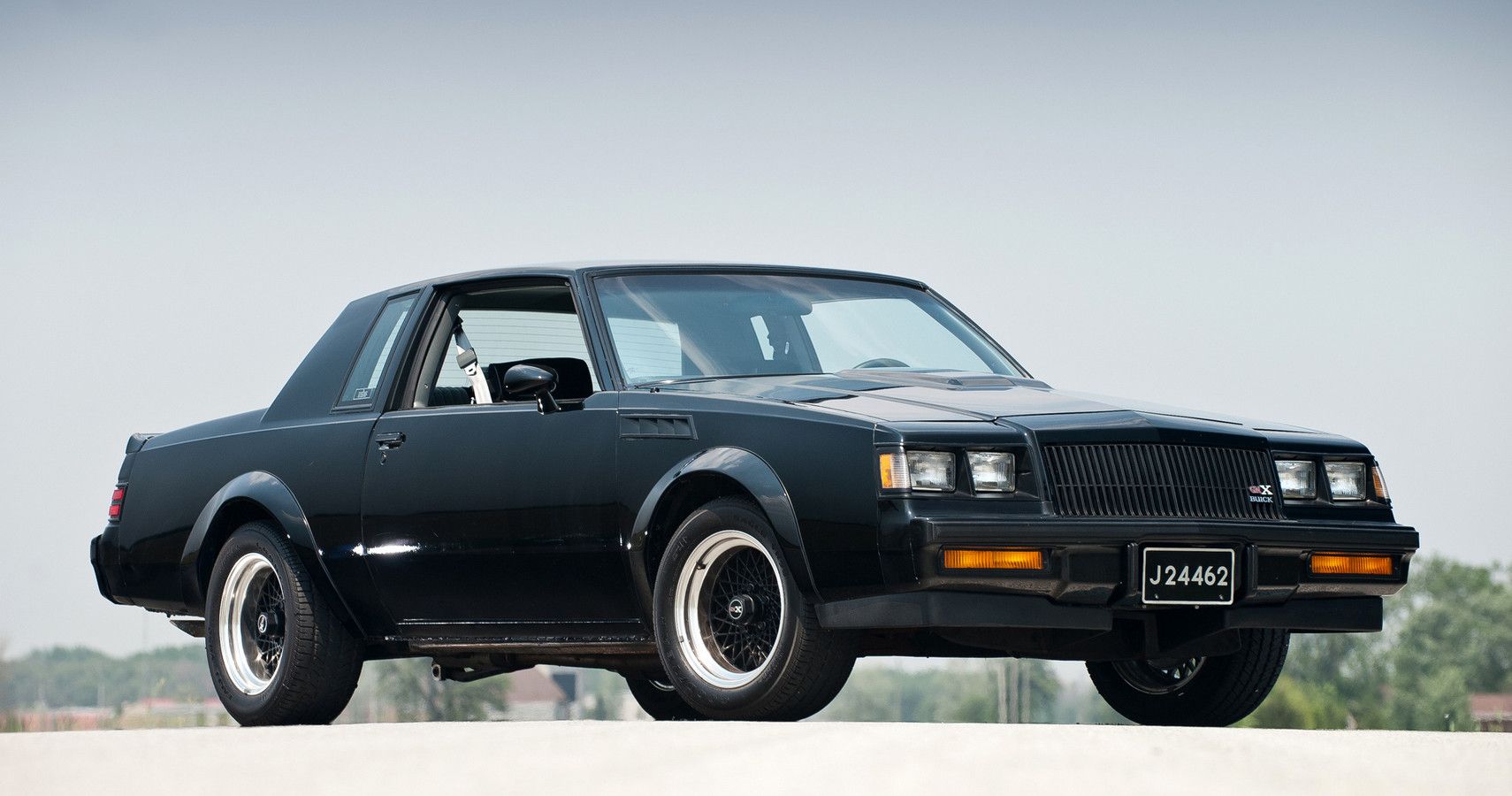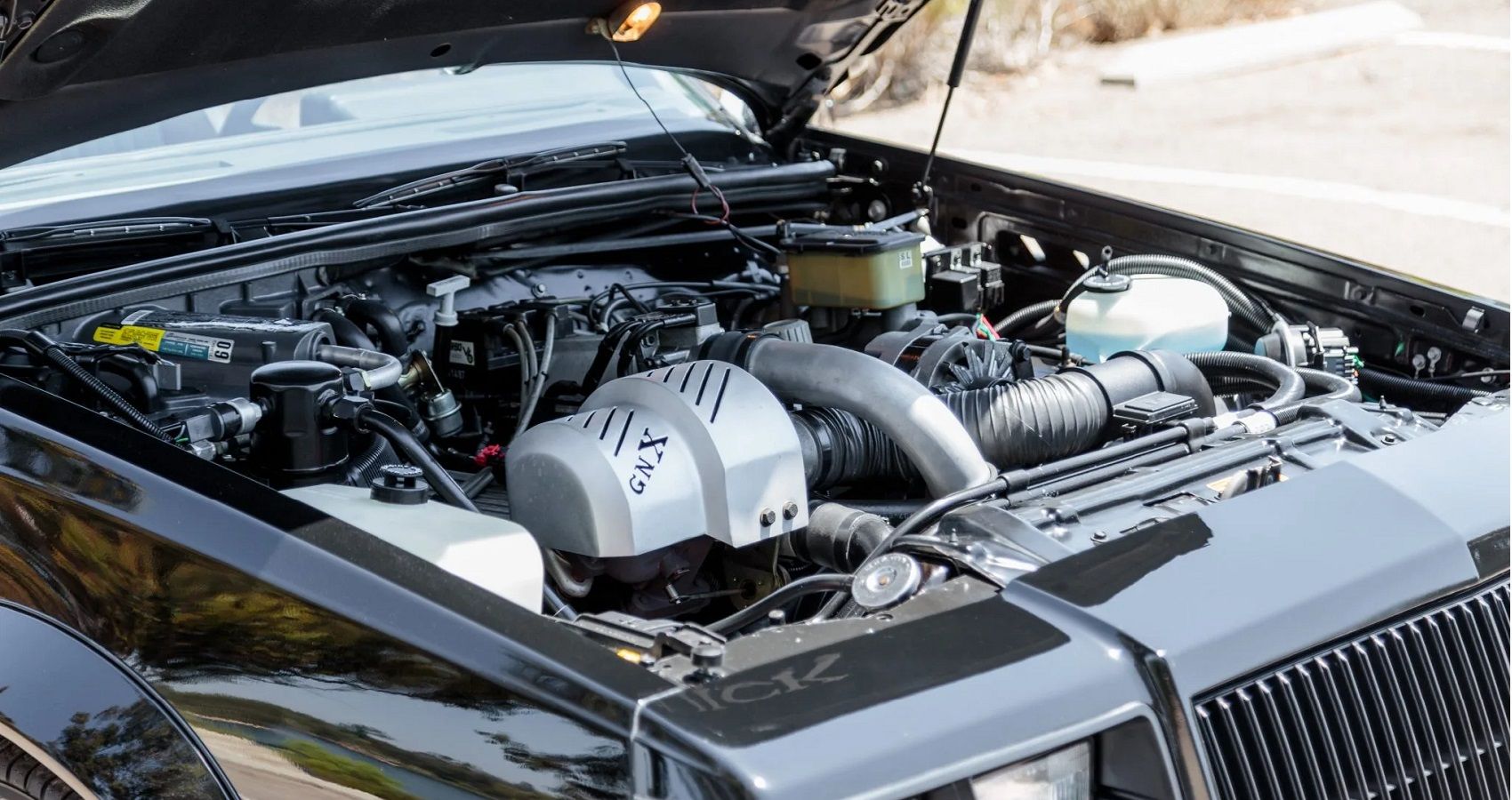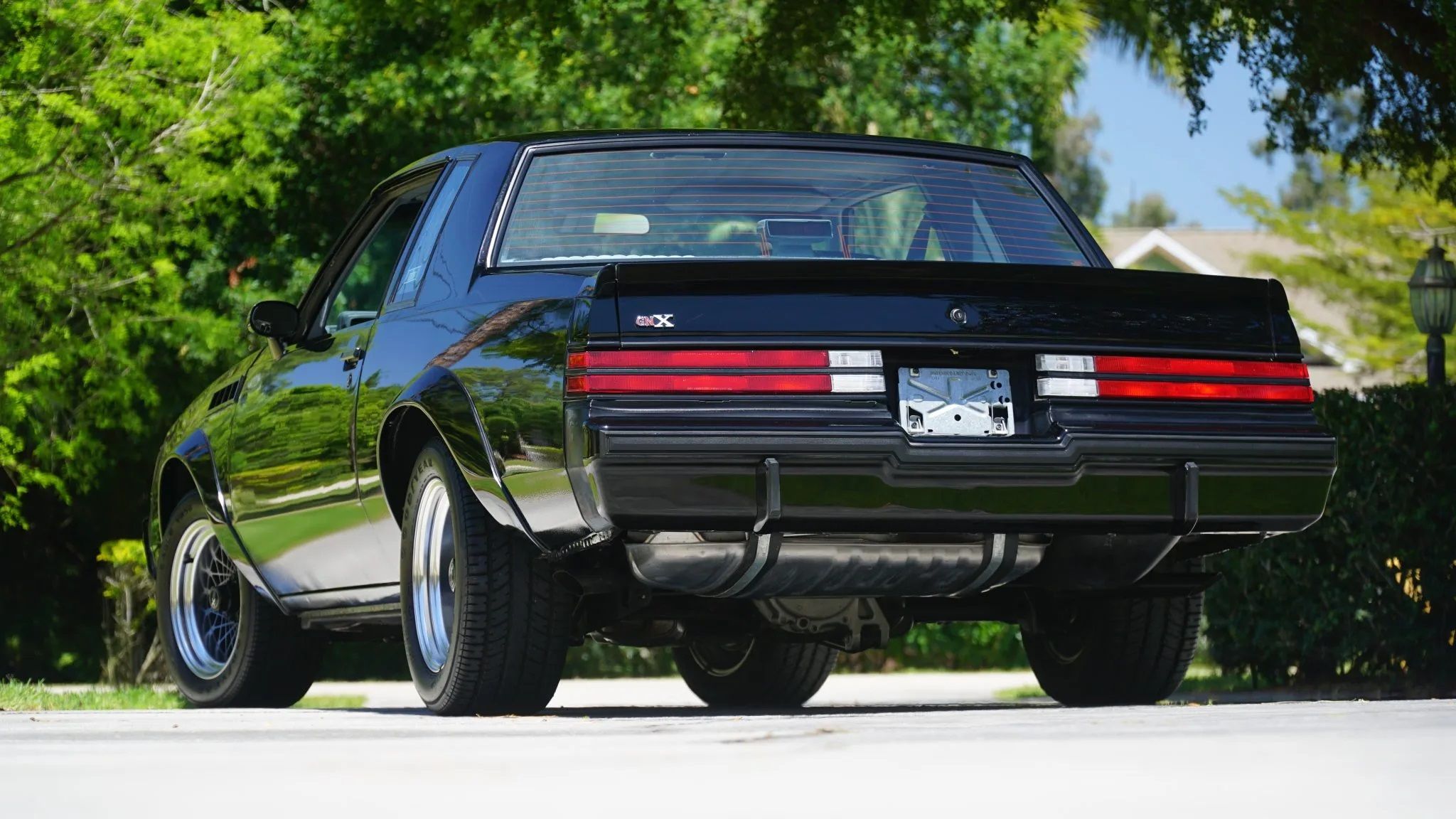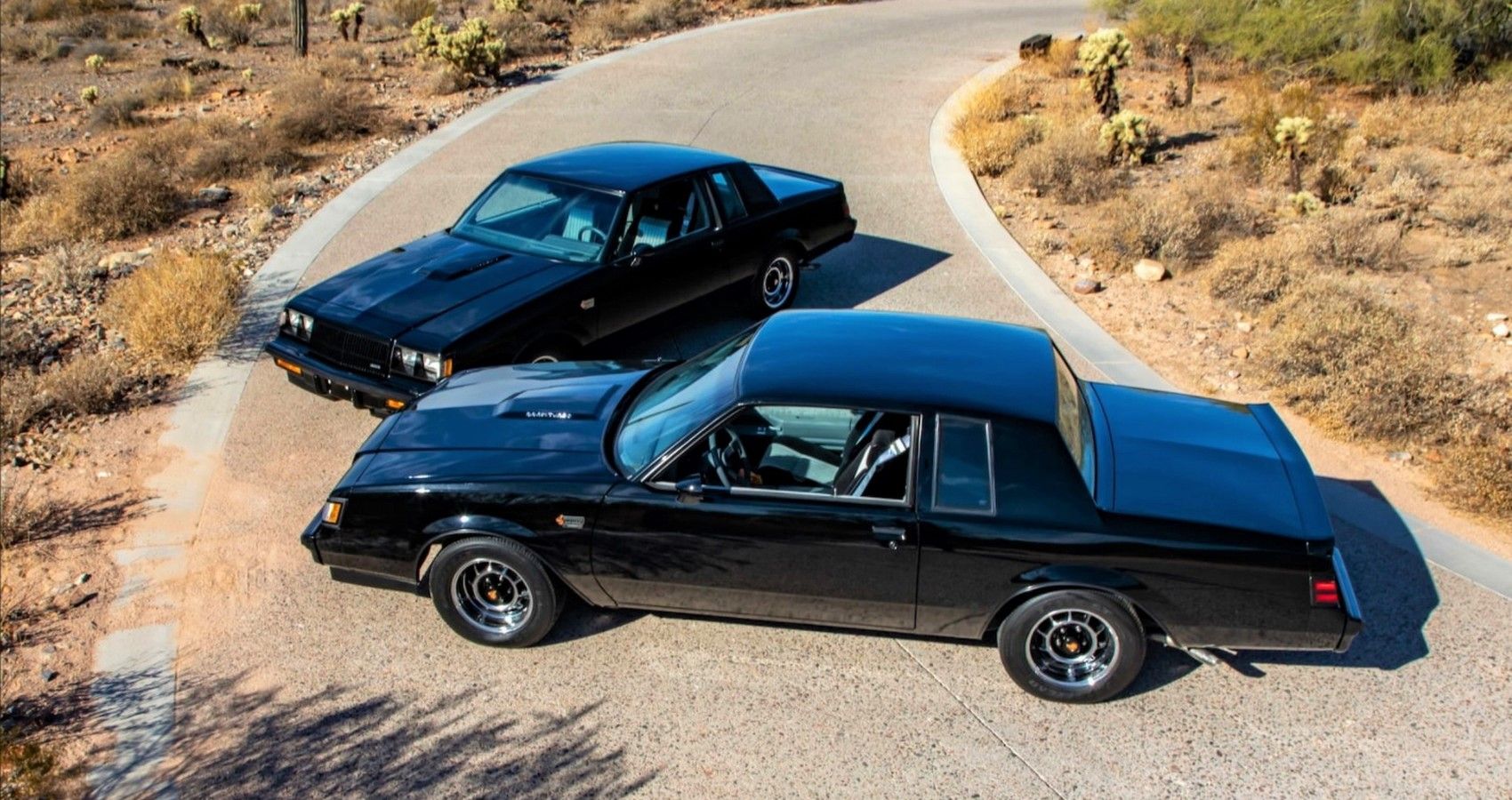The Buick GNX shouldn’t need an introduction, but at the same time, talking about it without a worthy opening just doesn’t seem right. Based on Buick’s esteemed personal luxury car known as the Regal, the GNX emerged solely in 1987 as a special edition with painfully limited units, and it’s a high-performance beast with insane credentials.
Built to send off the Regal’s second generation run with a bang, the 1987 GNX - short for ‘Grand National Experimental’ was a $29,900 luxury coupe (close to $80,000 in 2023 dollars) with a good enough spec sheet to absolutely pummel performance cars from the same era such as Chevy Corvette, Ford Mustang GT, and even overseas supercars like the Ferrari F40.
See, in essence, the GNX is just a modified Buick Grand National, which in turn is an upgraded Buick Regal. But things get a hell of a lot crazier than they sound when you take a look at its actual capabilities, as well as who played a part in its development. Here’s everything you need to know about the 1987 Buick GNX.
The 1987 Buick GNX Has A Monstrous Turbocharged V6
By 1987, Buick’s flagship Regal was the Grand National trim, which boasted a turbocharged 3.8-liter V6 capable of generating 245 horsepower along with 355 pound-feet of torque, an already impressive sum at the time. However, Buick knew that its turbo V6 was capable of more than that, and in an attempt to end the Grand National’s second-gen run with a statement, it sent 547 units over to McLaren Performance Technologies for some upgrades.
McLaren obliged and enhanced the Grand National’s powertrain in every way possible for the resulting GNX. It received a new Garret Hybrid Turbocharger with 15 psi of max boost, upgraded dynamic turbine shafts along with redesigned turbo housing, a less-restrictive exhaust system, a sturdier Turbo-HydraMatic 3-speed automatic transmission, and plenty more. Buick’s turbocharged V6 had essentially been optimized to its maximum potential, and the GNX was capable of generating 276 horsepower and 360 pound-feet of torque. And as if that weren’t good enough, it was later confirmed that Buick’s estimation had been extremely conservative, and subsequent Dyno tests suggested that the GNX actually produced around 300 horsepower and 400 pound-feet of torque. What does all that power translate to? A 0-60 mph runtime of just 4.7 seconds from a standstill while able to achieve the quarter mile in 13.2 seconds, making it the fastest car in the world upon testing.
McLaren Also Beefed Up The Buick GNX’s Suspension
The regular 1987 Buick Gran Sport already had a pretty capable and nimble suspension setup, featuring front coil-sprung double-whisbone with shock absorbers, as well as a coil-sprung live rear axle also with shock absorbers. The setup was pretty good at putting down power despite being front-engined with rear-wheel-drive, but McLaren wanted the GNX to hug the tarmac with even greater force. First off, it received an aluminum fortified rear axle housing with ‘GNX’ lettering, providing additional axle rigidity. The other enhancement was the integration of a longitudinal torque ladder bar which further improved the GNX’s ability to sustain traction - especially during launches. With a few extra touches such as beefier wheels and tires, the GNX was ready to handle the additional power, and even though its strong point definitely points towards straight-line speed, it’s actually pretty competent when thrown around corners.
A Few Special GNX Design Cues To Finish Things Off
For the most part, the Buick GNX had the same interior as a fully equipped Grand National trim. The only changes made were the addition of a GNX plaque and badging, along with a new set of Stewart-Warner gauges with additional displays. Outside, the GNX’s special elements are slightly more noticeable, starting with larger fender flares to accommodate the larger wheel setup. It also received vents right behind the front fenders intended to help cool the engine compartment, and black mesh wheels along with GNX emblems all over.
And that’s all there is to it. Boiling things down, the 1987 Buick GNX is a gem of a car built almost with the intent to prove a point. During a time when V8s were still the go-to power providers for performance cars, the GNX showcased the true capabilities of efficiently turbocharged V6 engines as it became one of the fastest vehicles of its time. When you add that to the fact that coming by one of the 547 existing units is an extremely rare sight, you’ve got yourself an automotive legend.




